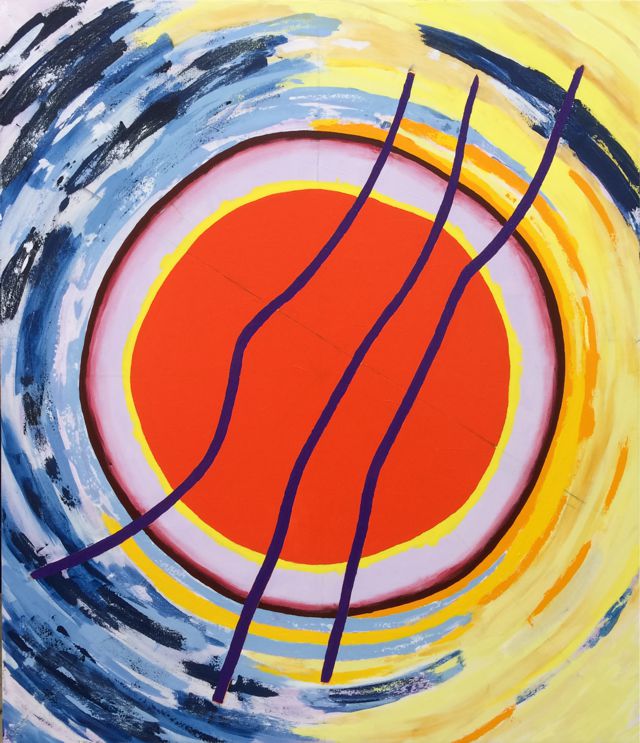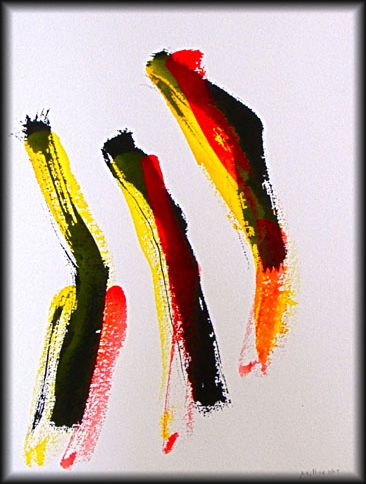Sensory Experience of Perception
|
I am a Northern California Bay Area Painter
I had the good fortune to major in art at Berkeley. I took classes from faculty members who were part of the post-war Bay Area Abstract Expressionist movement. My paintings reflect their influence.
What I do as an artist and why.
What is the point of producing artwork in the present moment, or any moment? Western art history has evolved from illustrating the sacred, whatever that may have been thought to be at various points in time, to the present, where it is widely believed that there can be art without content, purpose or meaning.
I majored in Art and in Geography.
I have drawn and painted for nearly as long as I can remember.
I worked several years as an urban planner.
I cannot save the world. I can, however, produce works of art.
There is nothing more important for me to do than to paint.
Post-Modernism is Just Another in a Series of Styles Within Modernism
Modernism is said to have ended sometime in the 1960s. Much that has been written about this alleged transformation is confused, if not nonsensical, and is, in any event, unhelpful to artists trying to situate themselves in the 21st century. A refreshingly useful exception is the work of Hans Belting, particularly The Invisible Masterpiece, and Art History After Modernism.
In Invisible Masterpiece, Belting chronicles the history of the idea of the masterpiece, and how its significance changed in the Renaissance as the role of art changed from religious explanation to individual expression. Belting describes the diminution of the importance of a tangible artwork to the point where it is claimed by some that a work itself is unnecessary.
He describes the theft of the Mona Lisa in 1913, and how it contributed to the commodification of the painting, a process aided by Duchamp’s mustache and goatee re-creation.
Belting also discusses conceptual art and other manifestations of what is sometimes referred to as post-Modernism.
Duchamp, in the end, reasserted the primacy of tangible works of art. He provided detailed instructions for the posthumous completion of an installation titled Étant donnés, on which he’d worked for many years. (Invisible Masterpiece, 329-32). I visited the Philadelphia Museum to view Étant donnés, and the supporting exhibition that depicts the production of the work. Click here to see the museum's description of the piece.



